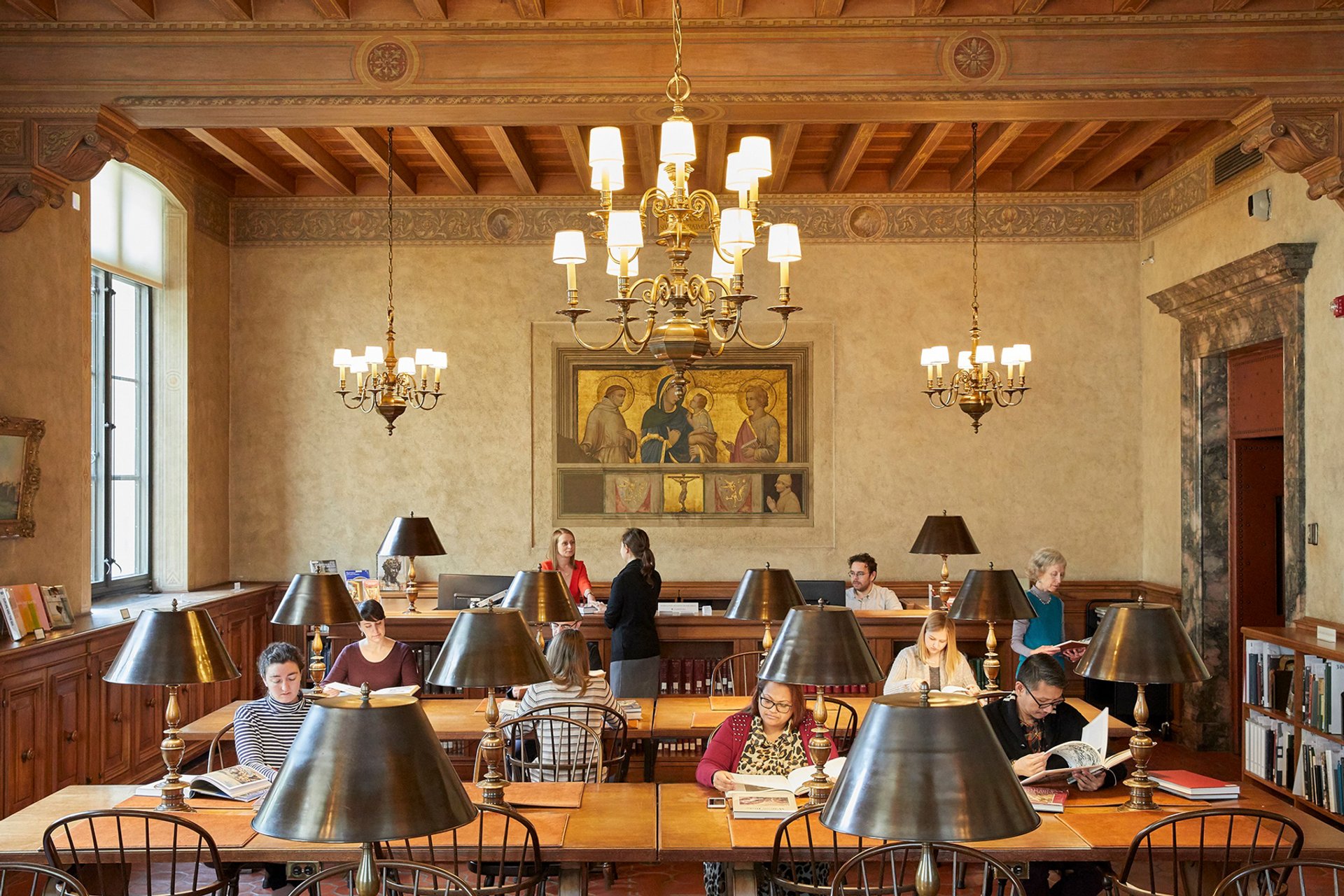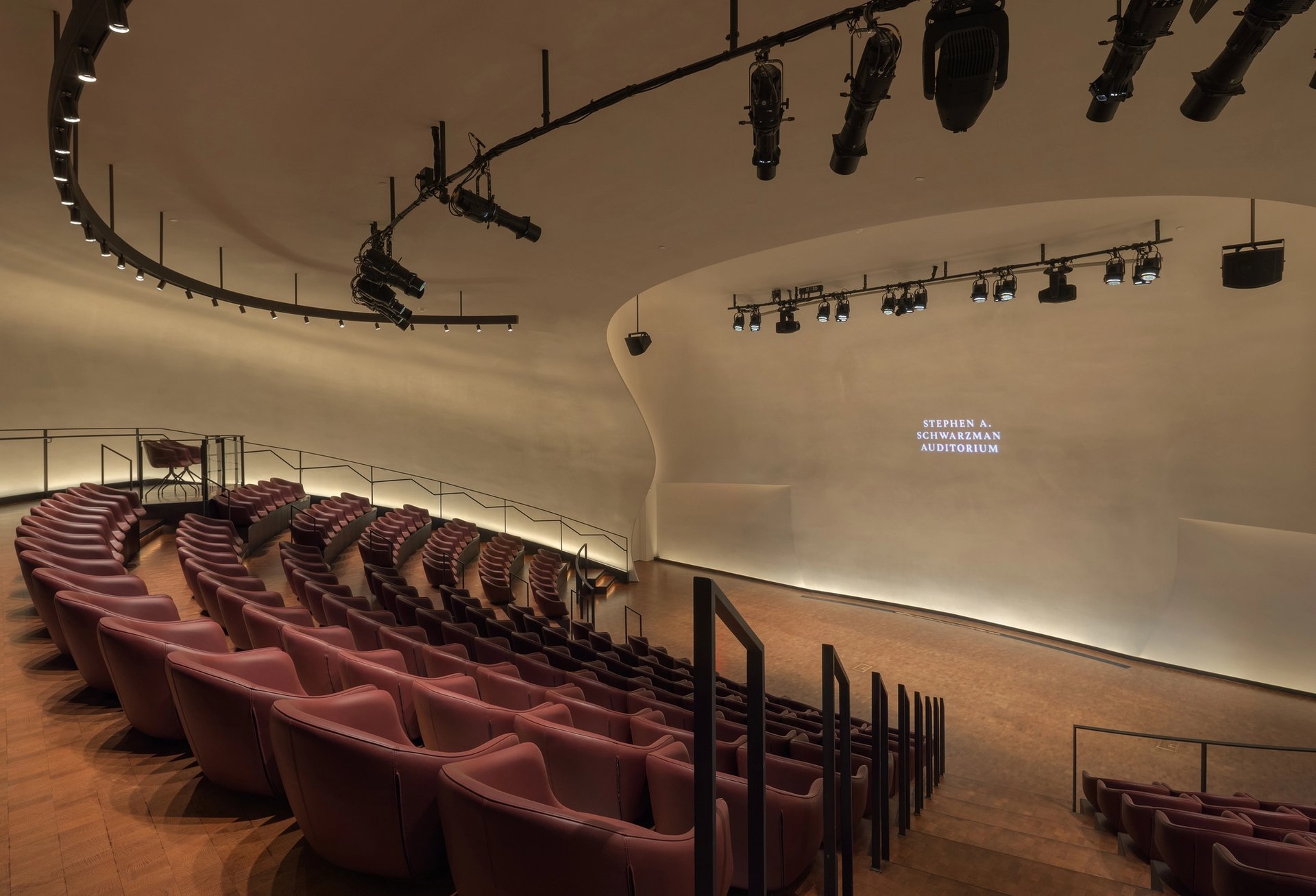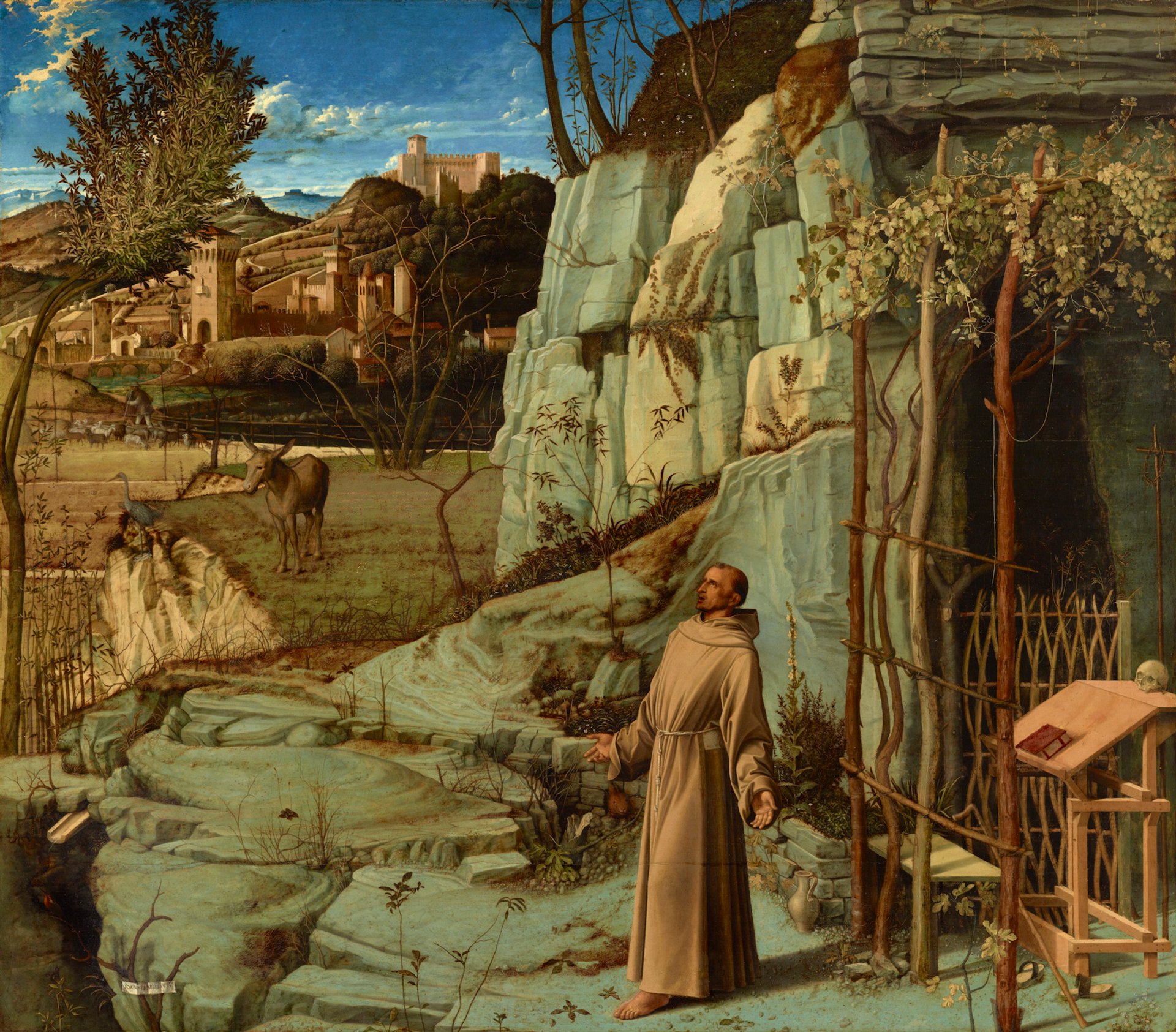Almost a century after it first opened its doors on Manhattan’s Upper East Side, the Frick Collection unveils its first-ever education centre. Part of the museum’s renovation—repurposing 60,000 sq. ft of existing space, and adding 27,000 sq. ft of new space—the Ian Wardropper Education Room is an 846-sq.-ft multipurpose space named after the museum’s outgoing director. The Frick will reopen on 17 April with a more community-minded approach to its programming, making its extensive scholarly offerings accessible to local youth and to the general public. The museum will also relaunch its famed concert series, with newly commissioned compositions that put music in conversation with the visual art on view.
“The Frick has a wonderful balance between attention to academic rigour and to inclusivity,” April Kim Tonin, the museum’s head of education and public engagement since 2021, tells The Art Newspaper. She adds that the education department is part of the curatorial department, “which is unusual in most museums and affords an immediacy and access to research”. Tonin, previously the deputy director of the education department at New York’s Museum of Arts and Design, notes that the Frick emphasises “treating educators and students as peers, giving its audience respect. It encourages dialogic teaching that allows audiences to develop a connection and understanding of the works in the collection, because all visitors are also scholars bringing a different perspective.”
Tonin joined the Frick just months after the museum moved into the Breuer Building (the former Whitney Museum of American Art building, dubbed Frick Madison at the time) and had to rethink the institution’s approach to educational programming. Throughout its four-year run at the Breuer, the Frick lacked a dedicated education space and, like all museums, faced on-site restrictions due to the Covid-19 pandemic.
The new Ian Wardropper Education Room Photo: Nicholas Venezia, courtesy the Frick Collection
However, the museum boosted its online presence, launching educational programmes like the Cocktails with a Curator YouTube series (now discontinued) and webinars offering insights into the collection. Organisers found that their online programmes reached a more multigenerational, international audience than its physical space had in the past. “We’ve heard from so many people—whether they are in another state or overseas or wherever it is—that our online presence is an important connection for them,” Tonin says. “Some are homebound, or far from the nearest museum, or can’t come to the Frick but can still feel connected to the institution.” A few of these programmes will continue online, while others will migrate to the reopened building.
The education centre will host artmaking classes, small-scale lectures, seminars and other events that aim to both inspire closer connections to the Frick’s history and move it into its next chapter. Some programmes will contextualise the reinstallation of the collection, which young people (ten to 18 years old) can visit for free—an offering the Frick implemented in 2023; student tickets previously cost $17.

The Main Reading Room of the Frick Art Reference Library Photo: George Koelle, courtesy the Frick Collection
The Ian Wardropper Education Room overlooks the Frick’s 70th Street Garden, where the architect Annabelle Selldorf has designed a passageway tying the museum with its historic library. The library is now more accessible, as it is easier for visitors to move between it and the main gallery spaces. The Frick gives student groups the option of attending a library orientation, aiming to “break the perception that libraries are only spaces for very specific kinds of scholars”, Tonin says. “It’s an important setting that gives students access to materials they wouldn’t find anywhere else [like historical catalogues, photographs and archives] and speaks to the building of their research skills.”
The Frick is keeping its age restrictions in place—not allowing children under age ten into the museum (13 for the library). There are currently no plans to make exceptions for younger audiences, because the Frick is “housed in a former private home and the collection is exhibited with a minimum number of protective barriers and platforms”, Tonin says. “The age policy comes from the need to ensure the safety of the art while allowing people to have the closest encounters they can with the objects in a former residential setting. That was very much part of founder Henry Clay Frick’s vision.”
Frick staff hope that, in the future, the library’s reading room will stay open late on Friday evenings, when the museum offers extended visiting hours. They also expect that the integration of the library with the main building means audiences will have a greater awareness of the library, and that there will be more collaboration between the education and library departments.

The newly revamped Stephen A. Schwarzman Auditorium Photo: Nicholas Venezia, courtesy the Frick Collection
Bring on the music
Conversations and public events are already scheduled for the Frick’s newly revamped Stephen A. Schwarzman Auditorium, which has been expanded from 149 to 220 seats. The museum will resume its seasonal music programme, which will work with the education department to create materials and conversations investigating how composers see and draw musical inspiration from visual art.
The music programme is spearheaded by Jeremy Ney, who joined the Frick last year. He was previously the senior director of the music department at the Phillips Collection in Washington, DC. When he joined the Frick, Ney says that he also took on the role of student, extensively researching the museum’s archives to investigate what has made its music programme special for more than 80 years.
Ney looked ahead at the Frick’s forthcoming exhibitions in an effort to integrate his programming with the visual art on display. He commissioned compositions from young composers, aiming to attract new and younger audiences. For example, the New York-based composer Nico Muhly wrote a piece in dialogue with St. Francis in the Desert (around 1475-80) by Giovanni Bellini—one of the cornerstones of the museum’s collection and a key scholarly resource. Muhly is known for his work in both classical and pop music; his new work will be performed on 26 April by the Jupiter Ensemble and the countertenor Anthony Roth Costanzo. (The concert is already sold out.)

Giovanni Bellini’s St. Francis in the Desert (around 1475-80) Courtesy the Frick Collection
The museum plans to pinpoint how we can use music to animate the collection
Jeremy Ney, head of music and performance
Ney says that this is “a moment of looking towards the future, bringing new perspectives that maybe previously wouldn’t have lived at the Frick”. Over the next few months the museum plans to “pinpoint where music can enter the education department, and how we can use music to animate the collection in ways that would be compelling to students,” he says. “There are all these programmatic threads that are going to inform the contours, concept and cadence of what’s to come in the future.”
As for Tonin, she sees the Frick’s inaugural roster of educational programming as responding to audiences both old and new. “The audiences that have been with us for a long time have certain expectations and want to see old favourites,” she says. “We have ‘frequent fliers’, as we call them—visitors who are here all the time that we know very well—and people who are coming here for the first time. We learn a great deal from both groups.”
She adds: “Everyone has a reason for finding the Frick a special place, and everyone carries with them a kind of perspective that keeps the art alive. Art is a reflection of how people across different time periods respond to the work. And that is something that’s always evolving.”




